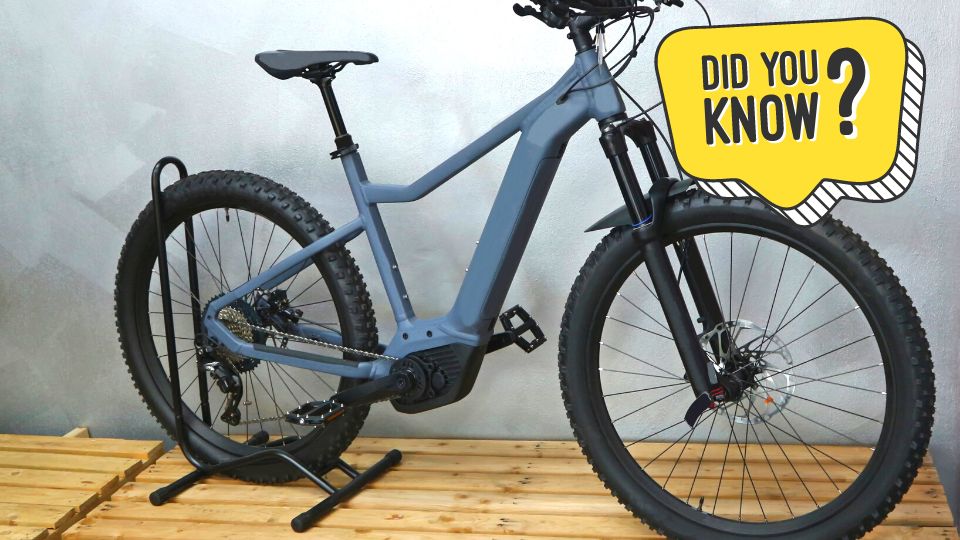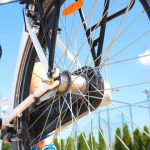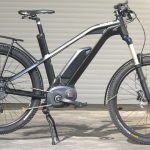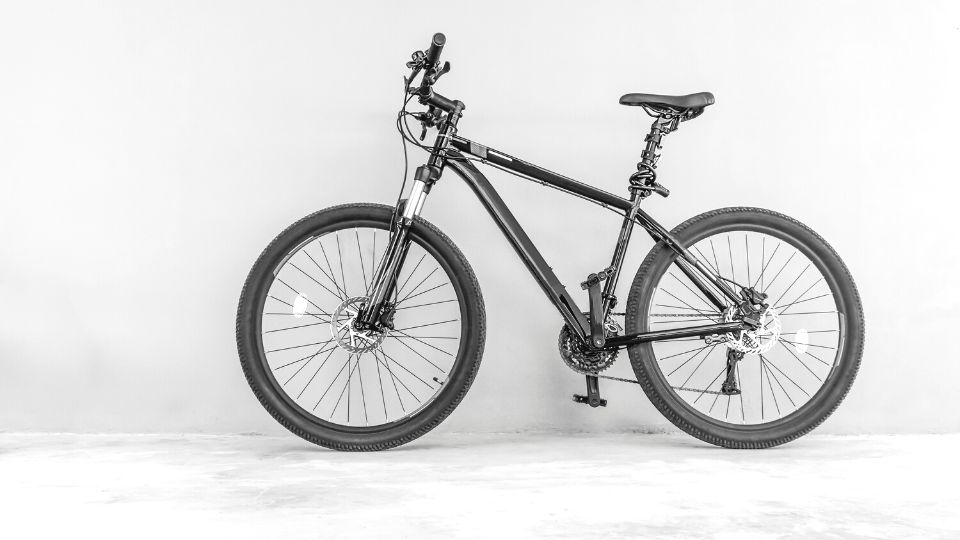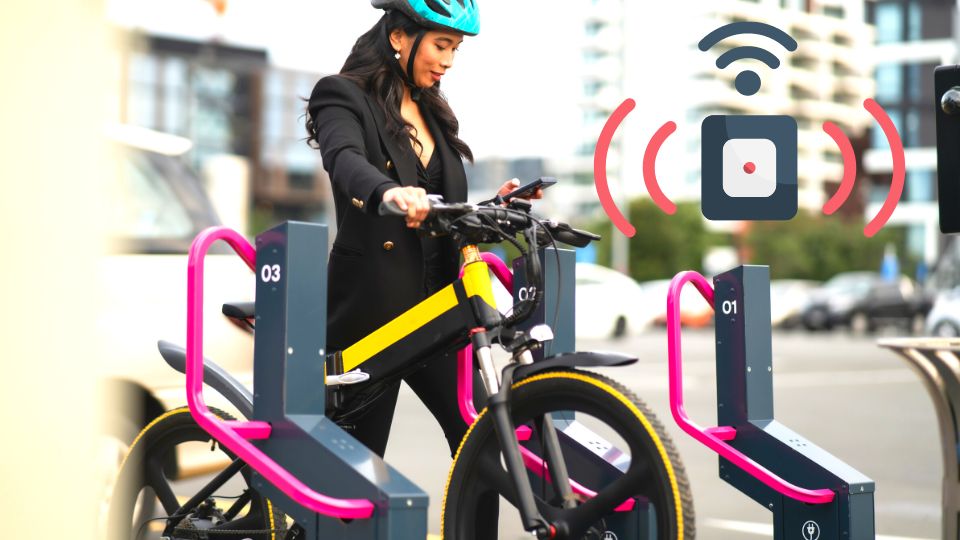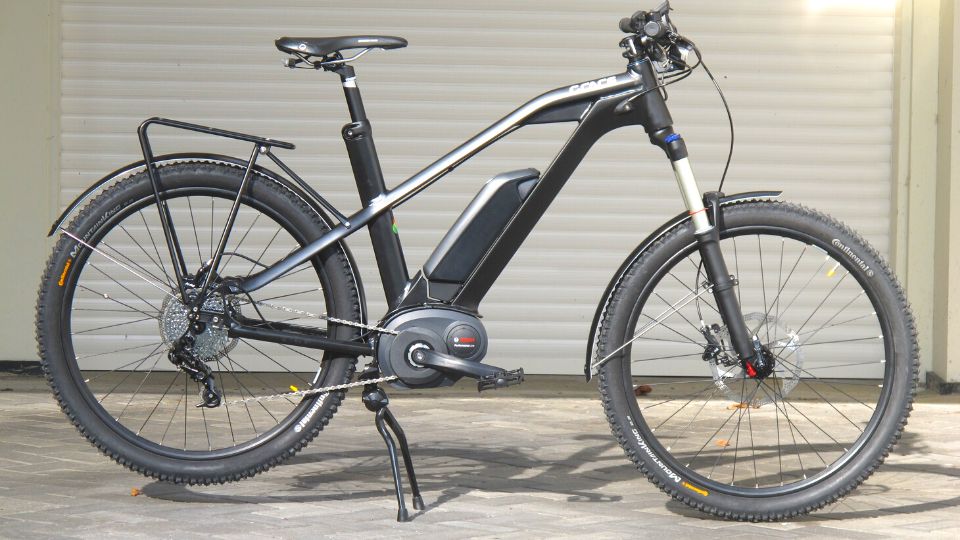Electric bike hydraulic brakes are an essential component of any ebike, providing reliable and efficient stopping power for riders.
Hydraulic brakes use a pressurized fluid to transfer force from the brake levers to the brake calipers, providing greater stopping power and control than traditional mechanical brakes.
In this article, we will provide you with all the information you need to know about electric bike hydraulic brakes, including their components, advantages, disadvantages, maintenance and care, and more.
Hydraulic Brake Components
Electric bike hydraulic brakes are a type of braking system that uses hydraulic fluid to transfer force from the brake lever to the brake caliper. The system consists of four main components: the brake levers, brake lines, brake calipers, and brake fluid.
When the rider applies pressure to the brake lever, it activates a plunger in the brake lever that pushes hydraulic fluid through the brake line to the brake caliper. The fluid then applies pressure to the brake pads, which squeeze against the brake rotor to slow down or stop the bike.
If you’re interested in upgrading your eBike’s brakes to hydraulic ones, be sure to check out our step-by-step guide on how to fit hydraulic bike brakes.
Brake Levers
Hydraulic brake levers are responsible for transmitting the force from your fingers to the brake calipers. They come in different shapes and sizes to accommodate different hand sizes and riding styles. Some brake levers also have adjustable reach, which can be useful for riders with smaller hands.
Brake Calipers
The brake calipers are responsible for applying pressure to the brake rotor to slow down or stop the wheel. Hydraulic brake calipers consist of two pistons that push the brake pads against the rotor. They come in different sizes to accommodate different rotor diameters, and some calipers have adjustable pads that can be moved closer or further away from the rotor.
Brake Lines
Hydraulic brake lines are responsible for transmitting the brake fluid pressure from the brake levers to the brake calipers. They consist of a flexible hose that connects the brake lever to the caliper. Brake lines come in different lengths to accommodate different frame sizes and geometries.
Brake Fluid
Brake fluid is the hydraulic fluid that powers the brake system. It is a non-compressible fluid that is stored in the brake lever reservoir. When the brake lever is squeezed, the brake fluid is pushed through the brake line and into the brake caliper, which applies pressure to the brake rotor. There are different types of brake fluid, so it’s important to use the correct type for your hydraulic brakes.
Advantages of Hydraulic Brakes
Electric bike hydraulic brakes offer several advantages over traditional mechanical brakes. Let’s take a closer look at the benefits of hydraulic brakes for electric bikes.
More responsive braking
Hydraulic brakes provide more responsive braking than mechanical brakes because they use fluid to transmit force instead of a cable. This means that there is less friction and slack in the system, which allows for quicker and more precise braking.
Hydraulic brakes also require less effort to apply, which can be beneficial for riders who have weaker grip strength or who want to reduce hand fatigue on long rides.
Greater stopping power
Hydraulic brakes provide greater stopping power than mechanical brakes because they can generate more force with less effort. This is because the hydraulic fluid is non-compressible, so when the brake lever is squeezed, the force is transmitted directly to the brake caliper.
This results in shorter stopping distances and increased safety for the rider.
Better durability and less maintenance
Hydraulic brakes are also more durable and require less maintenance than mechanical brakes. This is because there are fewer moving parts in a hydraulic brake system, which means there is less wear and tear on the components.
Additionally, hydraulic brakes are self-adjusting, which means that they will maintain their performance over time without the need for frequent adjustments. This can save time and money in the long run and ensure that the brakes are always functioning at their best.
Disadvantages of Hydraulic Brakes
Higher cost
One of the biggest disadvantages of hydraulic brakes is their higher cost compared to mechanical brakes. Hydraulic brake systems require more expensive components, including brake levers, brake lines, and brake calipers. This can make them a more expensive option for riders who are on a budget.
More complex to install and maintain
Hydraulic brakes are more complex to install and maintain than mechanical brakes. They require bleeding the brake lines to remove air bubbles and ensure proper function. Bleeding the brake lines can be a time-consuming and messy process that requires special tools and skills. Additionally, hydraulic brakes require periodic maintenance, which can be more involved than mechanical brakes.
Not as user-serviceable
Another disadvantage of hydraulic brakes is that they are not as user-serviceable as mechanical brakes. While mechanical brakes can often be adjusted or repaired on the trail with basic tools, hydraulic brakes require specialized knowledge and equipment.
This means that riders may need to take their bike to a professional mechanic for any repairs or maintenance, which can be inconvenient and costly.
Best Hydraulic Brakes for eBike
Here are some of the best hydraulic brakes for eBikes available, and their features and benefits, to help you choose the right one for your needs.
Shimano XT M8020
The Shimano XT M8020 is a high-performance hydraulic disc brake that is popular among electric bike riders. It features a four-piston caliper that provides excellent stopping power, as well as an ergonomic brake lever that is comfortable to use.
The brake lever also features tool-free reach adjustment, allowing riders to customize the lever position for their specific hand size and riding style. The Shimano XT M8020 is also easy to install and maintain, making it a great choice for electric bike riders who want a reliable and low-maintenance braking system.
Magura MT5e
The Magura MT5e is another popular hydraulic disc brake for electric bikes. It features a four-piston caliper and an ergonomic brake lever with adjustable reach and bite point, allowing riders to fine-tune the braking performance to their liking.
The MT5e also uses Magura’s patented “Carbotecture” technology, which combines high-strength carbon fibers with a thermoplastic resin to create a lightweight and durable brake lever and caliper. Overall, the Magura MT5e is a high-performance and reliable hydraulic brake that is a great choice for electric bike riders.
Tektro HD-E725
The Tektro HD-E725 is a powerful and affordable hydraulic disc brake that is designed specifically for electric bikes. It features a four-piston caliper that provides excellent stopping power, as well as an ergonomic brake lever with adjustable reach and bite point.
The HD-E725 also uses Tektro’s “Open Hydraulic System,” which allows for easy bleeding and maintenance of the brake system. Overall, the Tektro HD-E725 is a great choice for electric bike riders who want a reliable and affordable hydraulic braking system.
Maintenance and Care
Maintaining and caring for hydraulic brakes is essential for ensuring their proper function and longevity. Let’s take a closer look at the maintenance and care of electric bike hydraulic brakes.
Regular inspection and cleaning
Regular inspection and cleaning of hydraulic brakes can help identify any potential issues and keep the brakes functioning properly. Inspect the brake levers, lines, calipers, and pads for any signs of wear or damage.
Clean the brake components with a mild soap and water solution, and avoid using harsh chemicals or high-pressure water that can damage the components.
Checking brake fluid levels
Checking the brake fluid levels is an important part of hydraulic brake maintenance. Make sure the brake lever reservoir is filled to the proper level with the correct type of brake fluid.
If the fluid level is low, top it off with fresh fluid. If the fluid appears dirty or contaminated, it’s time to replace it.
Bleeding the brakes
Bleeding the brakes is an essential part of hydraulic brake maintenance. This process removes any air bubbles in the brake lines, which can cause the brakes to feel spongy or not function properly.
Bleeding the brakes can be a time-consuming and messy process that requires special tools and skills. If you’re not comfortable doing it yourself, it’s best to take your bike to a professional mechanic.
How long does hydraulic brake last?
The lifespan of hydraulic brakes can vary depending on several factors, such as usage, maintenance, and environmental conditions. With proper care and maintenance, hydraulic brakes can last between 2 – 5 years before needing to be replaced.
The brake pads are one component of hydraulic brakes that will wear out over time. The lifespan of brake pads will depend on the type of riding that the bike is used for, as well as the quality of the brake pads themselves. For example, if the bike is used for aggressive mountain biking, the brake pads may wear out more quickly than if the bike is used for casual commuting. On average, brake pads for hydraulic brakes will need to be replaced every 1000 to 2000 miles of riding.
Another component that can wear out over time is the brake fluid. Brake fluid is used to transmit hydraulic pressure from the brake lever to the caliper, which clamps down on the rotor to stop the bike. Over time, brake fluid can become contaminated with water or debris, which can degrade its performance. It is recommended that the brake fluid be replaced every two years, although this can vary depending on usage.
The hydraulic brake lines can also wear out over time, particularly if they are exposed to harsh environmental conditions or if they are damaged during a crash. Cracks or leaks in the brake lines can cause the brake system to fail, so it is important to inspect the lines regularly for signs of damage.
Do hydraulic brakes last longer than mechanical?
In general, hydraulic brakes tend to last longer than mechanical brakes. This is because hydraulic brakes offer better stopping power and modulation, which means the brake pads and other components are subjected to less wear and tear. Additionally, hydraulic brakes require less maintenance than mechanical brakes, as they do not have cables or other mechanical parts that can wear out or become misaligned over time.
What Is An eBike Hydraulic Brake Sensor?
A hydraulic brake sensor is a device that detects when you apply the brakes on your eBike. It sends a signal to the motor controller to cut off the power and prevent the motor from spinning while you are braking.
This improves your safety and reduces wear and tear on your brakes and motor. Hydraulic brake sensors are usually installed on eBikes that have hydraulic disc brakes, which use fluid pressure to stop the wheels.
To fully understand the role of hydraulic brake sensors in eBikes, don’t miss our article that explains what they are and how they work.
FAQs
Do ebikes have hydraulic brakes?
Some ebikes have hydraulic brakes, while others have mechanical brakes.
Are hydraulic brakes better on an eBike?
Hydraulic brakes are generally considered better than mechanical brakes on an ebike, as they offer better stopping power and require less maintenance.
Why do most hydraulic brakes fail?
Most hydraulic brakes fail due to issues with the brake fluid or the brake lines. This can include contamination of the brake fluid, leaks or cracks in the brake lines, or other mechanical issues.
Are hydraulic bike brakes better than mechanical?
Hydraulic bike brakes are generally considered better than mechanical bike brakes, as they offer better stopping power and require less maintenance.
Conclusion
In conclusion, electric bike hydraulic brakes are an important aspect of any ebike, offering riders a reliable and effective means of stopping and controlling their bike. With their superior stopping power, greater control, and reduced maintenance requirements, hydraulic brakes are a popular choice among ebike enthusiasts.
By understanding the components of hydraulic brakes, their advantages and disadvantages, and proper maintenance techniques, riders can ensure that their hydraulic brakes perform optimally and provide them with safe and reliable stopping power for years to come.

